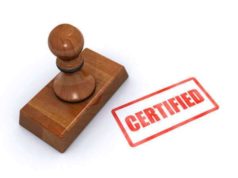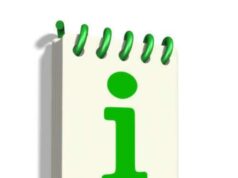
Unraveling The Mystery Of Encumbrance: Must-Know Facts
When it comes to property transactions, one crucial aspect that often gets overlooked is encumbrance. Yet, understanding this concept can make a significant difference in the success of your real estate endeavors. In this article, we’ll delve into the world of encumbrance, exploring its definition, types, and importance. By the end of this article, you’ll be equipped with the knowledge to navigate even the most complex property transactions.
What Is Encumbrance?
An encumbrance is a claim or lien on a property that restricts its ownership or use. It’s a legal obligation that can be placed on a property by a creditor, government agency, or other entity. Think of it as a cloud that hangs over the property, limiting its potential uses or sale. Encumbrances can take many forms, including mortgages, liens, easements, and covenants.
Types Of Encumbrances
There are several types of encumbrances that can affect a property:
1. Mortgages: A loan secured by a property, where the lender has the right to foreclose if the borrower defaults.
2. Liens: A claim against a property for unpaid debts, taxes, or court judgments.
3. Easements: A right to use someone else’s property for a specific purpose, such as accessing a neighboring property.
4. Covenants: Restrictions on how a property can be used or modified, often imposed by homeowners’ associations or local governments.
5. Leases: Long-term agreements that grant exclusive use of a property to another party.
Why Are Encumbrances Important?
Understanding encumbrances is crucial for several reasons:
1. Title Issues: Unaware of an encumbrance can lead to title issues, where you’re unable to transfer ownership or sell the property.
2. Property Value: Encumbrances can significantly impact the value of a property, making it less desirable to potential buyers.
3. Risk Management: Identifying and addressing encumbrances can help mitigate risks associated with property ownership.
4. Compliance: Ensuring compliance with encumbrances can prevent costly disputes and legal issues.
How To Identify Encumbrances
When searching for properties or conducting due diligence, it’s essential to identify potential encumbrances:
1. Title Search: Conduct a thorough title search to identify any recorded liens or claims.
2. Review Property Documents: Carefully review property documents, such as deeds and mortgages.
3. Consult with Professionals: Work with experienced real estate attorneys, agents, or appraisers to help identify potential encumbrances.
Conclusion
In conclusion, understanding encumbrances is vital for successful real estate transactions. By recognizing the various types of encumbrances and their importance, you’ll be better equipped to navigate the complexities of property ownership. Remember to always conduct thorough due diligence and consult with professionals to ensure you’re aware of any potential encumbrances affecting your property interests. With this knowledge, you’ll be able to make informed decisions and avoid costly mistakes in the world of real estate.
Encumbrances relate to the impedance’s in real estate, that a property can face which prevent the owner of that property from holding a title for it. Certain encumbrances that a home owner can face are mortgages, liens, certain restrictions, and building orders. These encumbrances can slow down or prevent the transfer of the property to the owner. They can also affect not only the title of the property, but the value of it as well.
An encumbrance can be an interest of a property by a person that is not the home owner. Two type of encumbrances exist: money encumbrance and non-money encumbrance. A money encumbrance can be a lien placed on a property, such as a tax lien, mechanic’s lien, or mortgage. A non-money encumbrance could be an encroachment, and relate to how a property will be utilized. An encroachment refers to a piece of permanent property from a neighbor’s house that partially lies on your property, or vice versa.
Such items can be a fence, a garage, a tree, a driveway, or shrubbery. Usually such property is crossed over without realization, rather than intentionally, and it may cross into the property line by a matter of only a few inches. The way something is determined as an encroachment is by taking a look at the building plans for the property, as well as blueprints or a spot survey. This can provide the person with the most accurate account of the property lines, and where any structure or building may come across those lines. Liens happen to be the most common encumbrances on a property.
A lien that is placed against the property is a form of claim, which is a collateral held for a debt. When this debt is unpaid, the holder of the lien can pursue a motion in court to have the property sold so that the debt is paid off. A mechanic’s lien is a claim held against a property by a person who has completed work on it and has not been paid. When this happens they file the mechanic’s claim, if the property it sold to a new owner before the debt is paid, this lien is transferred to the new owner. Another encumbrance can be a deed restriction, which determines how a property can or cannot be used, as well as the structures that can be placed on a property. Usually, the builder will place deed restrictions so that they can keep the standards of construction on a property.
These issues could cost a new owner a great deal of money in form of satisfying debts, and or legal fees. In order to get a better idea of encumbrances, one should look over a general list as well as special cases or examples of the process. This will assure the person they do not skim past one, prior to taking control of the property as a new owner.

























